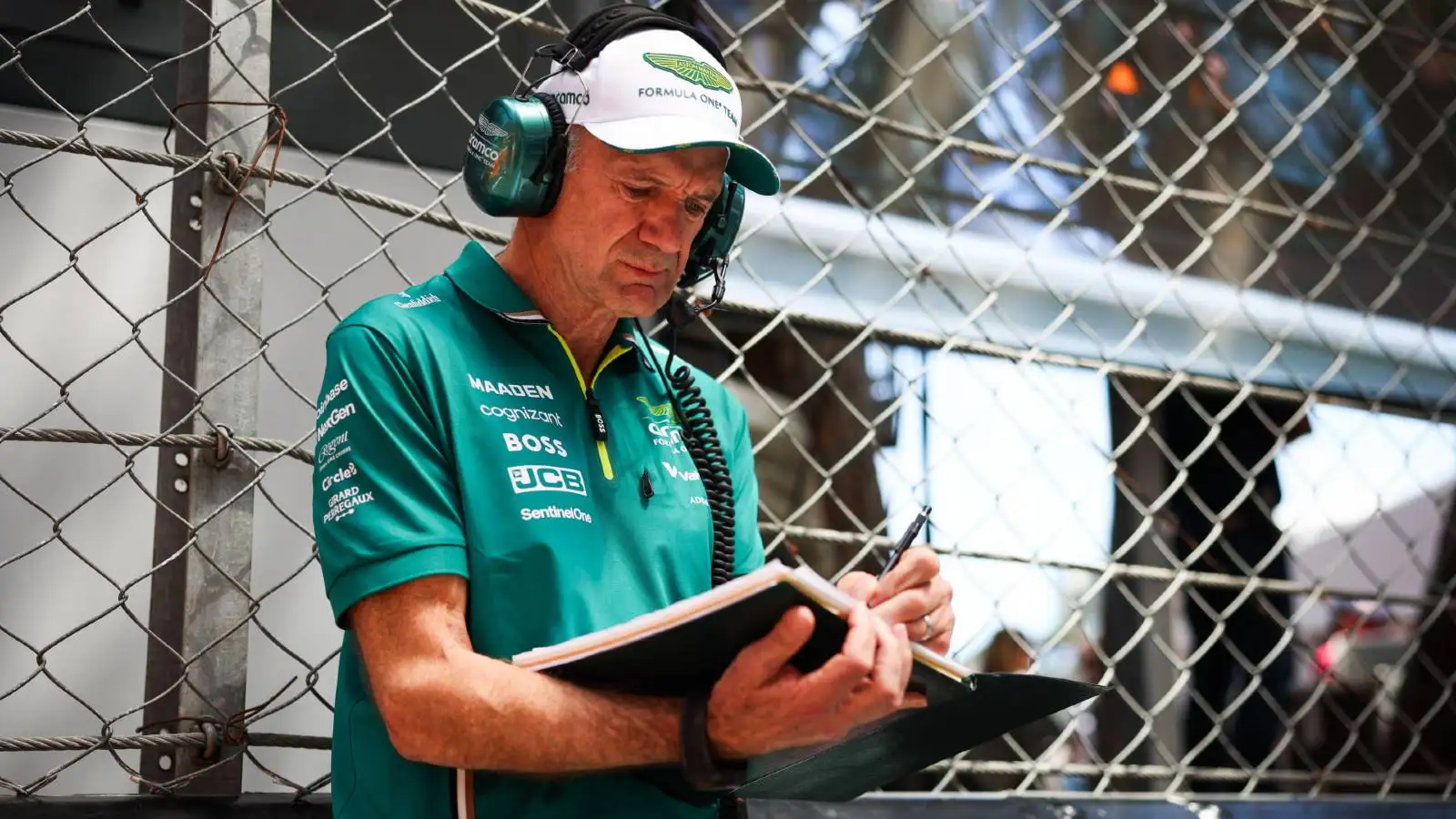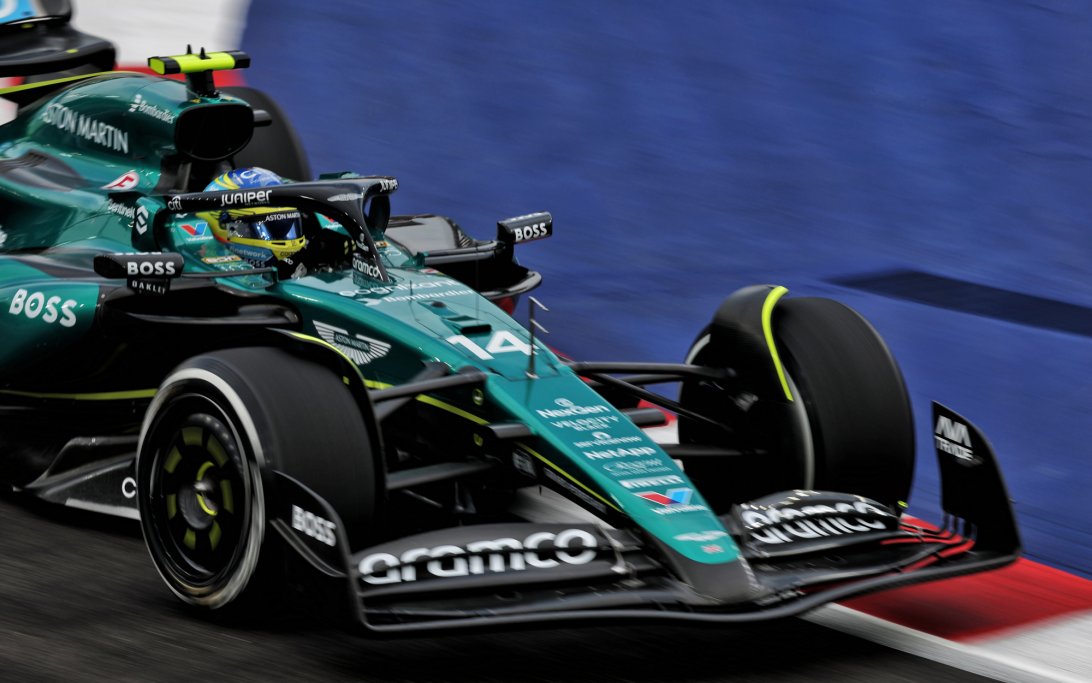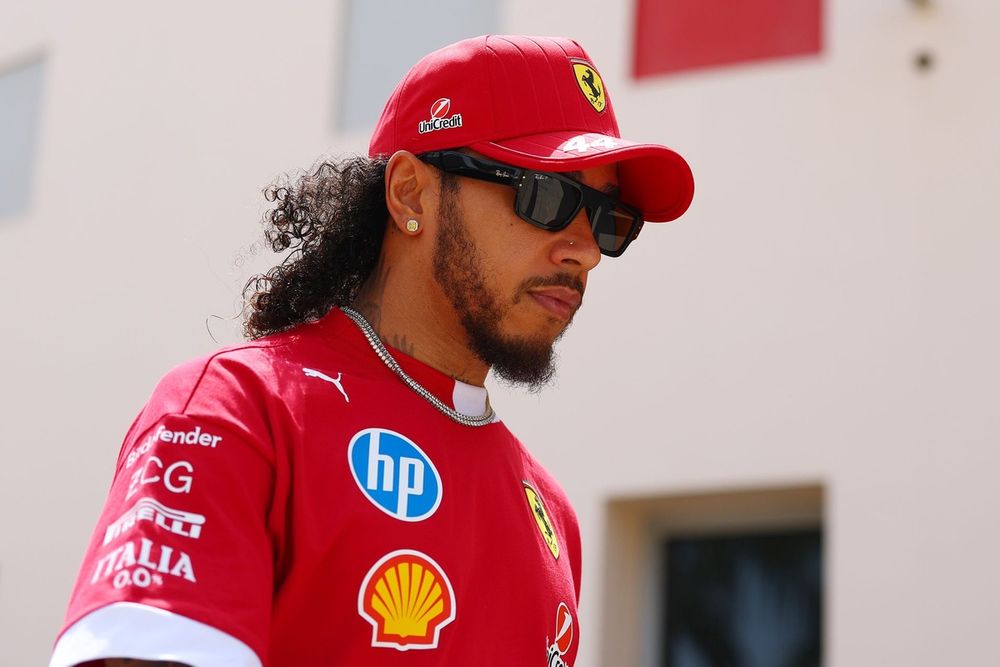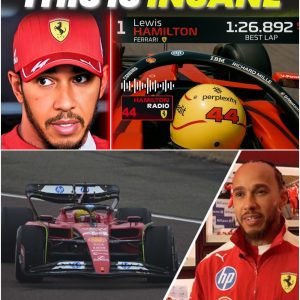Formula 1 never stands still. Every few years, sweeping rule changes hit the grid, forcing teams to rethink everything they know about car design, power units, and race execution.
The next major overhaul arrives in 2026, when new power unit and chassis regulations come into force. For fans and insiders alike, it’s already shaping up to be one of the most fascinating resets in recent F1 history.
Two of the biggest stories building toward this new era are the arrival of legendary designer Adrian Newey at Aston Martin and Lewis Hamilton’s bold move to Ferrari.
Both have the potential to redefine the competitive order when the lights go out in 2026.

A Fresh Start: The 2026 Formula 1 Regulations
The FIA has confirmed that the cars of 2026 will look and behave very differently from today’s machines. The new rules will make cars smaller, lighter, and less dependent on downforce, with the aim of improving wheel-to-wheel racing.
Nicholas Tombazis, the FIA’s single-seater director, recently addressed fan concerns about speed reductions. According to FIA simulations, the cars will initially be 1–2.5 seconds slower per lap compared to the current generation. However, Tombazis was quick to point out that this is only the starting point:
“The teams will develop the cars quickly. Soon no one will complain that the cars are too slow. We’re not sinking to Formula 2 levels.”
This dynamic isn’t new. When ground-effect regulations were introduced in 2022, the cars initially looked less sharp. Within two years, however, teams had clawed back much of the performance. By 2024, lap times had already surpassed many of the pre-2022 benchmarks.
For fans, the temporary dip in outright speed is less important than the quality of racing. By reducing downforce and shifting design priorities, the FIA hopes to encourage closer battles, fewer processional races, and more strategic variety.
Aston Martin’s Big Gamble: Adrian Newey
Among the teams preparing for 2026, none has generated more excitement than Aston Martin. The Silverstone-based squad has invested heavily in facilities, staff, and long-term planning — and the crown jewel of their recruitment drive is Adrian Newey.
Widely regarded as the greatest designer in Formula 1 history, Newey’s career is defined by success under new regulations. At Red Bull, his 2009 car thrived under fresh aero rules, setting the foundation for four consecutive Drivers’ and Constructors’ Championships. More recently, his design philosophy proved untouchable again in 2022, when Red Bull unleashed a car so dominant it redefined the pecking order for years.
Aston Martin team principal Mike Krack has emphasized just how transformative Newey’s arrival has been. According to reports, the design and aero teams are now working at a completely different pace. Ideas from Newey’s drawing board are reaching the wind tunnel in a third of the usual time, and engineers describe the environment as buzzing with excitement.
Instead of incremental tweaks, Newey is pushing for radical architectural changes — big-picture thinking that could give Aston Martin a leap forward when 2026 begins. If history is any guide, a Newey-led project at the dawn of a regulatory era is a recipe for success.
For Aston Martin owner Lawrence Stroll, who has poured hundreds of millions into positioning the team as a championship contender, securing Newey could be the final piece of the puzzle.

Hamilton’s Ferrari Dream
On the other side of the paddock, Lewis Hamilton has set his sights on an equally ambitious project. After more than a decade at Mercedes — where he won six of his seven World Championships — Hamilton shocked the F1 world by signing with Ferrari, effective from the 2025 season.
The move isn’t just about chasing an eighth title; it’s about legacy. Ferrari has remained the most iconic name in F1, but its last Drivers’ Championship came in 2007 with Kimi Räikkönen. Sebastian Vettel and Fernando Alonso both arrived in Maranello with high hopes, yet left without adding another crown. Hamilton is determined to break that pattern.
At the Belgian Grand Prix, Hamilton spoke candidly about his motivation:
“I want to be World Champion at Ferrari. I don’t want to follow the same story of champions who came here and didn’t add to their tally. I’m ready to go the extra mile.”
Reports from Italy suggest that Hamilton has already submitted detailed documents to Ferrari management, outlining areas for improvement not only in car design but also in organizational culture. His suggestions reportedly include:
New communication systems between departments.
Revised workflows in the design and development process.
Changes to race weekend execution, aimed at sharpening strategy calls.
One of Hamilton’s biggest personal challenges has been adapting to Ferrari’s engine braking characteristics, which differ significantly from what he was accustomed to at Mercedes. Despite adjustments, the Ferrari system provides a more intrusive braking feel, something Hamilton has yet to fully master.
While this may sound technical, it has a direct impact on confidence, particularly under braking into corners — a vital component of lap time. For Hamilton, solving this issue will be crucial to performing at his peak in 2025 and beyond.

Why 2026 Matters So Much
Both Aston Martin and Ferrari see 2026 as the ultimate equalizer. Whenever new regulations are introduced, dominant teams can suddenly be dethroned, while ambitious challengers can leap forward.
For Aston Martin, 2026 represents a once-in-a-generation opportunity to move from midfield hopefuls to genuine title contenders. With Newey at the helm, the odds of achieving that leap have dramatically improved.
For Hamilton and Ferrari, the regulation reset offers the chance to solve long-standing weaknesses and create a car capable of delivering Ferrari’s first championship in nearly two decades.
The stakes couldn’t be higher. If Aston Martin nails its 2026 design, it could emerge as a new powerhouse. If Ferrari aligns Hamilton’s vision with its engineering might, the dream of Hamilton’s eighth championship — in red — could become reality.
Who Has the Edge?
Predicting the 2026 pecking order is nearly impossible, but history provides clues:
Newey factor: Every major rule change in the past three decades has seen Newey-designed cars quickly rise to the top. Aston Martin may start as underdogs, but few in the paddock doubt his ability to unlock a breakthrough.
Ferrari’s resources: Ferrari remains the best-funded team in F1, with state-of-the-art facilities and political influence. If Hamilton’s leadership helps streamline operations, the Scuderia could finally match its potential.
Mercedes, Red Bull, and McLaren: It would be unwise to count out today’s heavyweights. Red Bull, even without Newey’s full focus, has a culture of engineering excellence. Mercedes has regrouped after a difficult 2022–2023. McLaren, meanwhile, has surged back into contention in recent years.
In other words, 2026 could produce one of the most competitive grids in modern history.
Conclusion
As the countdown to 2026 ticks on, Formula 1 fans find themselves at the intersection of two compelling narratives: Adrian Newey’s fresh challenge with Aston Martin and Lewis Hamilton’s pursuit of glory with Ferrari. Both stories capture what makes F1 so enthralling — the mix of technical genius, personal ambition, and the relentless pursuit of speed.
When the new era begins, Aston Martin may finally step into the spotlight as a championship-caliber team. Meanwhile, Hamilton will be chasing not just another title, but immortality: becoming the driver who returned Ferrari to the top of Formula 1.
Whatever happens, one thing is certain — the 2026 season won’t just be another chapter in F1. It could be the beginning of a whole new era.





